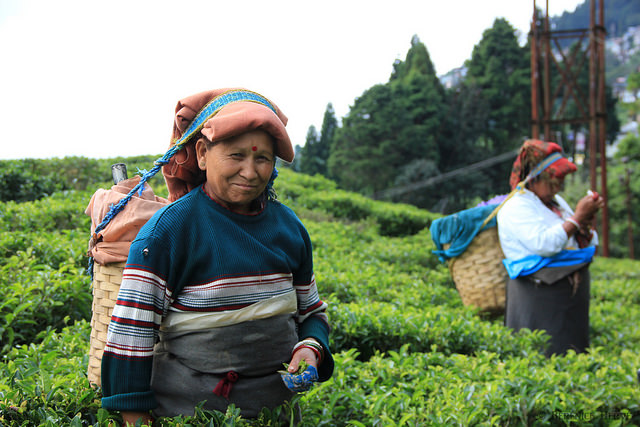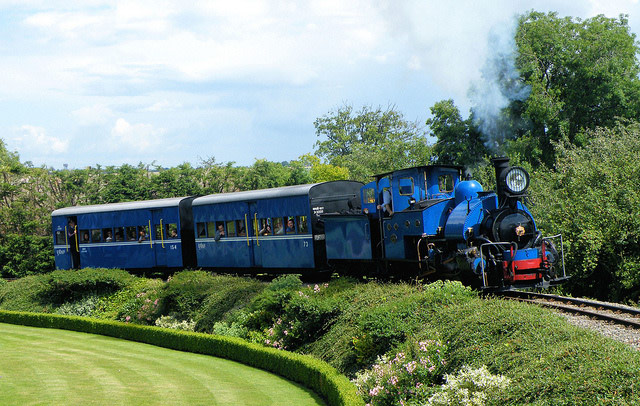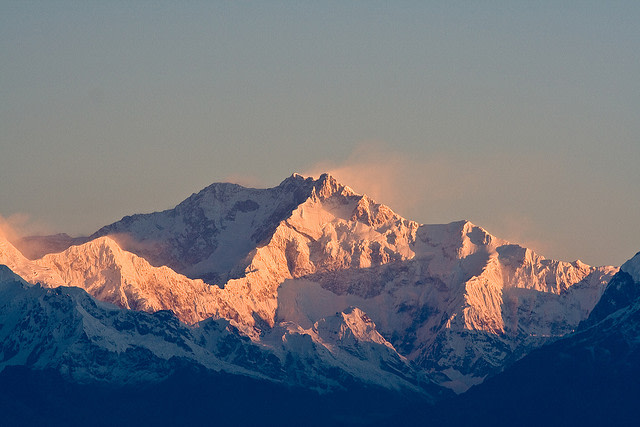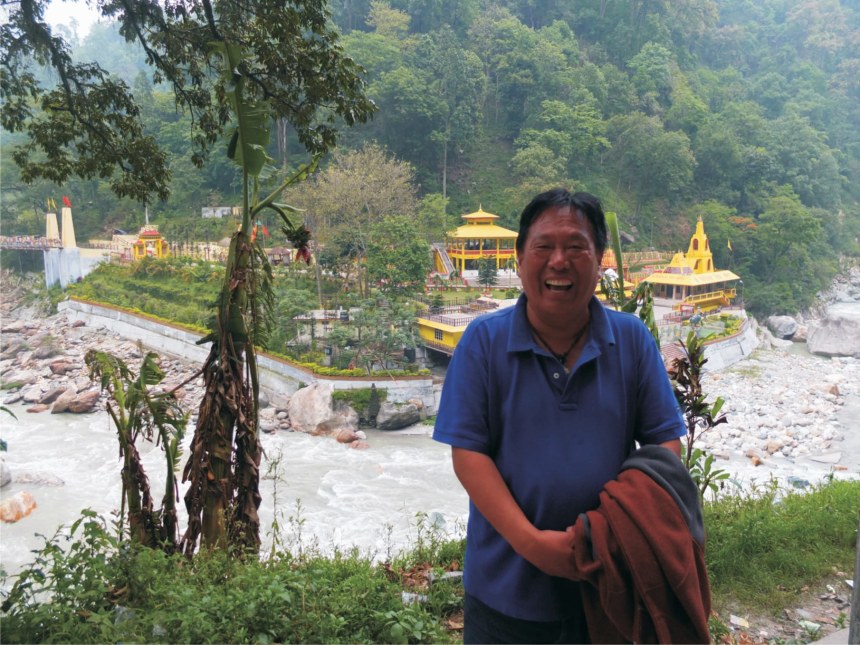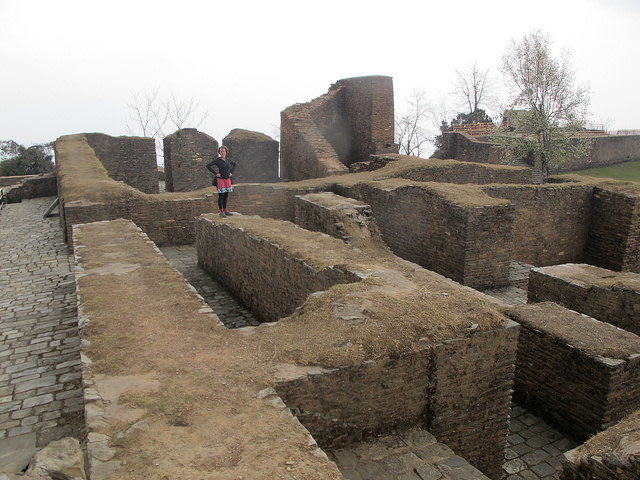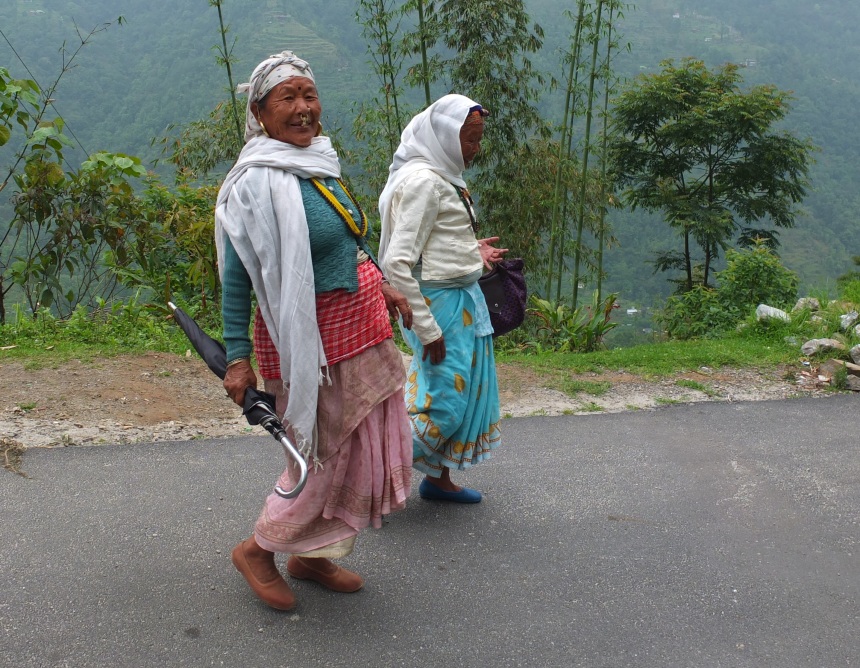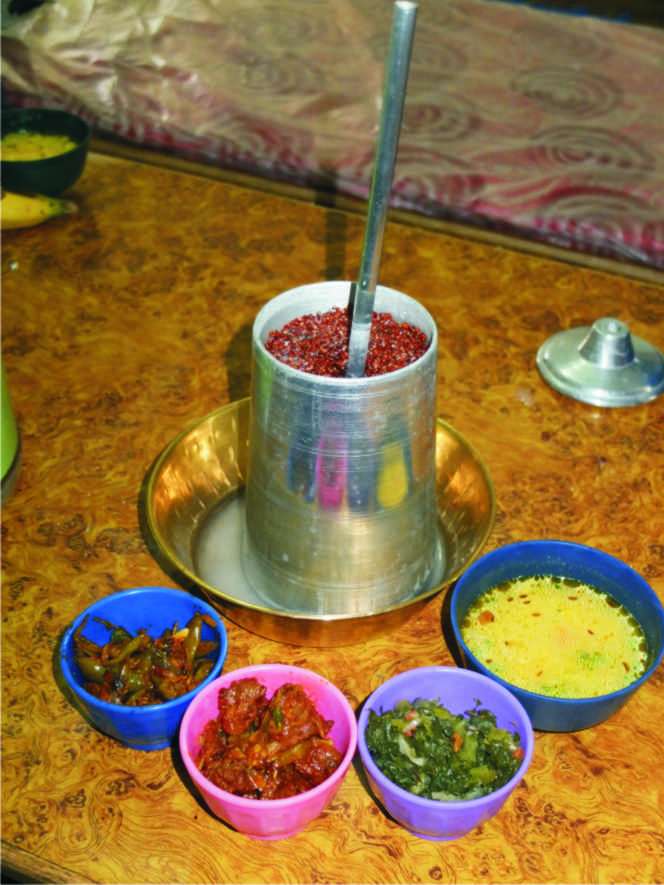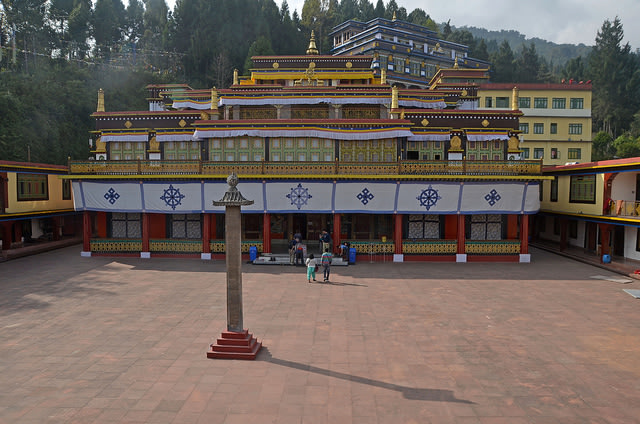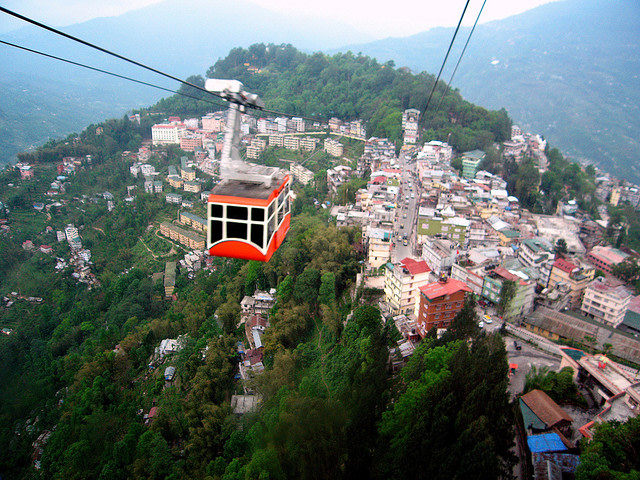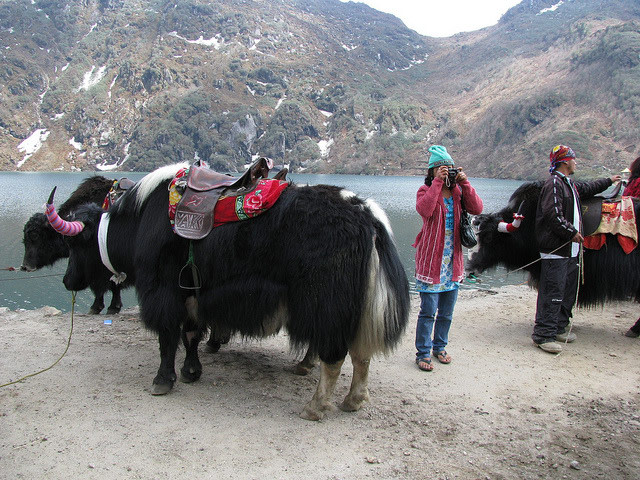| 6 mins read
By Jennifer Mullen
There is something about a vacation in the mountains, which completely whisks you away from your everyday world in a haze of mists and tranquillity. Nestled between Nepal and Tibet, the towns of Darjeeling and Gangtok in the north-eastern frontier of India are such places, promising to supersede your expectations of a mountain vacation. Afterall, in the Himalayas the peaks are higher, the hairpin bend roads more dramatic, and the river valleys deeper than you can possibly imagine.
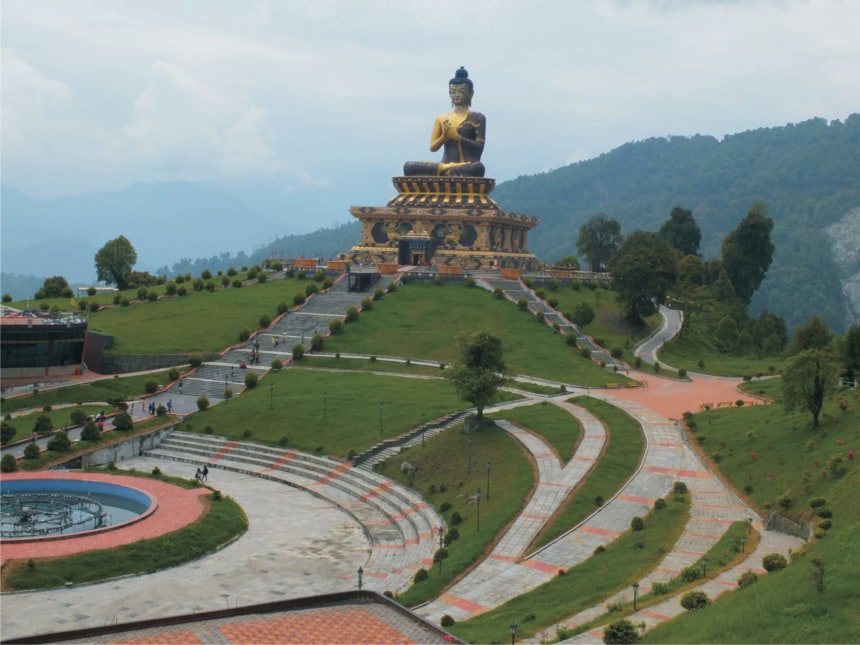
To see Darjeeling schedule at least 3 days, commencing your trip with a ride up on the UNESCO heritage listed Himalayan Toy Train. This plucky and incredibly noisy engine screams like a boiling kettle, trudging its way up steep hills, and is often left for dust even by the slowest Indian trucks. It is tremendous fun for children young and old.
Most visitors make the effort to get up at 4am to travel up to Tiger Hill. If you are lucky the mists will part and you will be rewarded with a radiant dawn view of Mount Kangchenjunga, the 3rd highest peak in the world. At the town itself, sights to be seen include the Peace Pagoda, the Darjeeling zoo housing impressive local wildlife such as red pandas and snow leopards, and the Himalayan Mountaineering institute, that give a really good understanding of the topography of the region and all those brave enough to scale the many peaks. Many of the tea estates around Darjeeling also welcome visitors for an inside look, with the homestay option becoming increasingly popular.
One of the most insightful places to visit is the Tibetan Refugee Self Help Centre, where our Darjeeling tour guide Nidup proudly showed us a black and white photo of his mother when she arrived there in 1959. This moved us profoundly, as did the small, cheeky faced children playing with toy cars, as their mothers were weaving fine Tibetan rugs on traditional looms, to be exported. Nidup himself has been guiding here since 1978 and was the key to our fantastic Himalayan experience; he could spot a person in a local market and tell us which tribe they were from, demystify Buddhism for the average traveller, and make ancient ruins become vibrant castles with the power of his narration.
Venturing on into Sikkim, our Sikkim tour guide assisted us with sorting out the formalities to obtain the special in-line permit requited to enter the region. From the border until Pelling, the road bumped along a sheer cliff face, sending rocks showering down into the river valley below. Waterfalls, monasteries, villages and tiny houses perched on near vertical terrain lined the route; in the Himalayas it seems that from a construction point of view, nothing is too high or too steep after all!
Pelling is a mere village in comparison to Darjeeling and the facial features of the many people who live there seem to blend like a good tea, the Indian faces now with higher cheekbones and an exotic oriental appearance. We saw 2 Nepalese women out for a stroll to the village, off on a shopping spree like millions of other women worldwide, except one had an enormous glinting nose ring, still very popular in the region. While at Pelling, make it point to visit the Khecheopalri Wishing Lake, as well as the Padmeyantse monastry and Rubdentse ruins.
One of the highlights of travelling to remote regions is experiencing the food firsthand. Our guide arranged for us to have a home cooked meal in a local house, consisting of a spinach dish, some spicy beef with rice, washed down with some homemade warm chaang beer, brewed fresh using millet. We were also able to try the chhurpi-ningro curry, which is made with local wild edible ferns and a white, crumbly cheese, similar to feta. It reminded me of the tangy Greek dish Spanakopita. It is also really fascinating to wander through local produce markets, such as Geyzing. These little towns are practically untouched by international tourism, but you will be sure to attract some welcoming smiles from the villagers.
You cannot visit Sikkim without taking time to appreciate some of the best Buddhist monasteries and statues in this part of Asia. The highlights include the Rumtek Monastery, Solophok Chardham, Samdrupste and the Buddha Park at Ravangla. Everywhere one can hear the calming melodic chants of “Om Mani Padme Hum”, a 45-minute long Buddhist prayer song written in 747 AD, which echo in and out of the drifting valley mists.
In contrast to Pelling, the town on Gangtok feels positively modern. It has a pedestrian shopping street, not unlike many European cities, which is great for strolling. At the far end one is greeted by a large statue of Gandhi, reminding one and all that Sikkim is part of India. The Ropeway is a great way to get an aerial view of the town, while outside town many a Gangtok tour guide offer unique experiences from white water rafting to yak safaris.
Most tourists also use Gangtok as a staging post to visit the Tsomgo Lake, which is 55km from the city. Ensure that you take warms clothes, as the 2 hour drive winds up and up like a coiling cobra, further into the mountains. In India you know you are at a high altitude when the cows are replaced by yaks, great placid woolly beasts, who peer at you sagely through their shaggy fringe. The journey up to the lake goes along part of the former silk route and our Gangtok tour guide explained about the role that yaks played in the transportation of goods across the mountain peaks, such as rice, spices, sugar and of course silk. Further ahead at an altitude of 14450 metres lies Nathu la, the border point between India and China. While foreigners are not allowed here at all times, it is quite the favourite with Indian travellers who go over to offer a friendly wave to their neighbours.
A week in Darjeeling, Gangtok and its vicinity will give you an authentic travel experience of seeing a part of Asia that is practically untouched by globalisation. The roads are bumpy, the mists are chilly, but the people are warm and welcoming; and the views of the Himalayas are imprinted in the mind forever.
Image Details and Licenses:Contributions by Jennifer Mullen; https://flic.kr/p/qDSUir (will- on-board, CC BY-NC-ND 2.0), https://flic.kr/p/do6twc (R~P~M, CC BY-NC-ND 2.0), https://flic.kr/p/3JipSx (A.Ostrovsky, CC BY-SA 2.0), https://flic.kr/p/rEj9au (Christopher Porter, CC BY-NC-ND 2.0), https://flic.kr/p/hHFt91 (Sek Keung Lo, CC BY-NC 2.0), https://flic.kr/p/HiaWX (Kalyan Neelamraju, CC BY-SA 2.0), https://flic.kr/p/ccoiKs (shankar s., CC BY 2.0) ;


